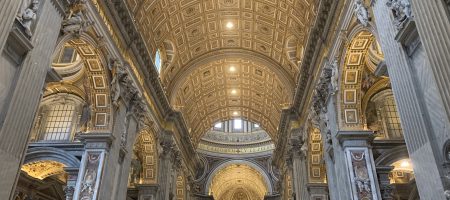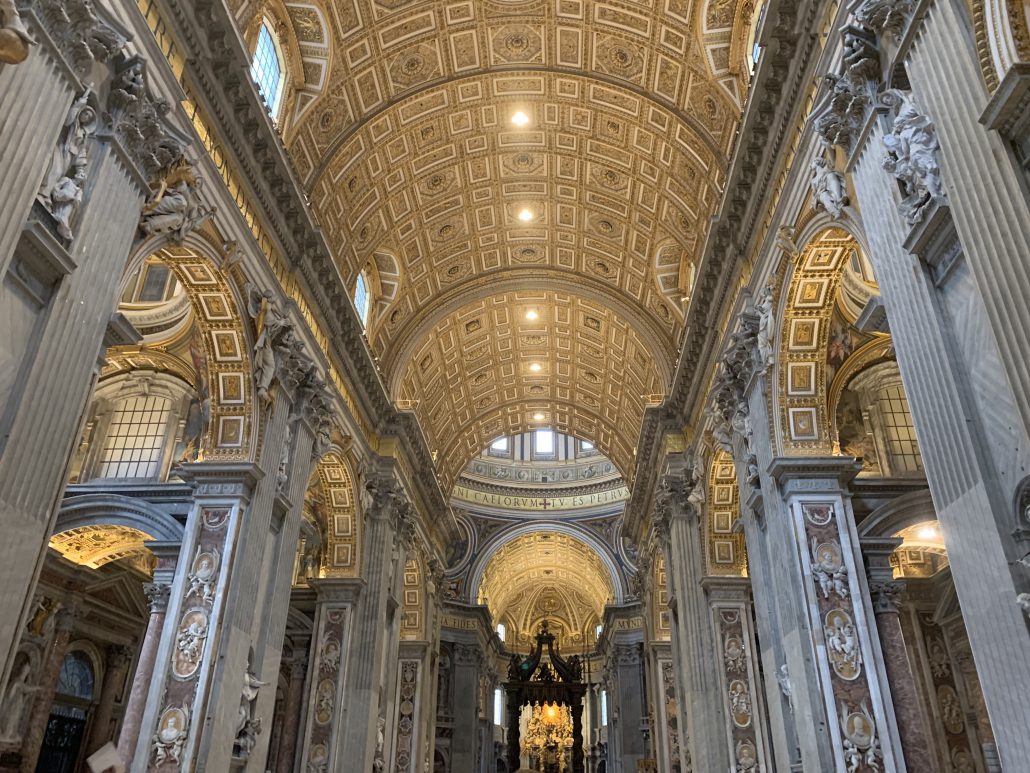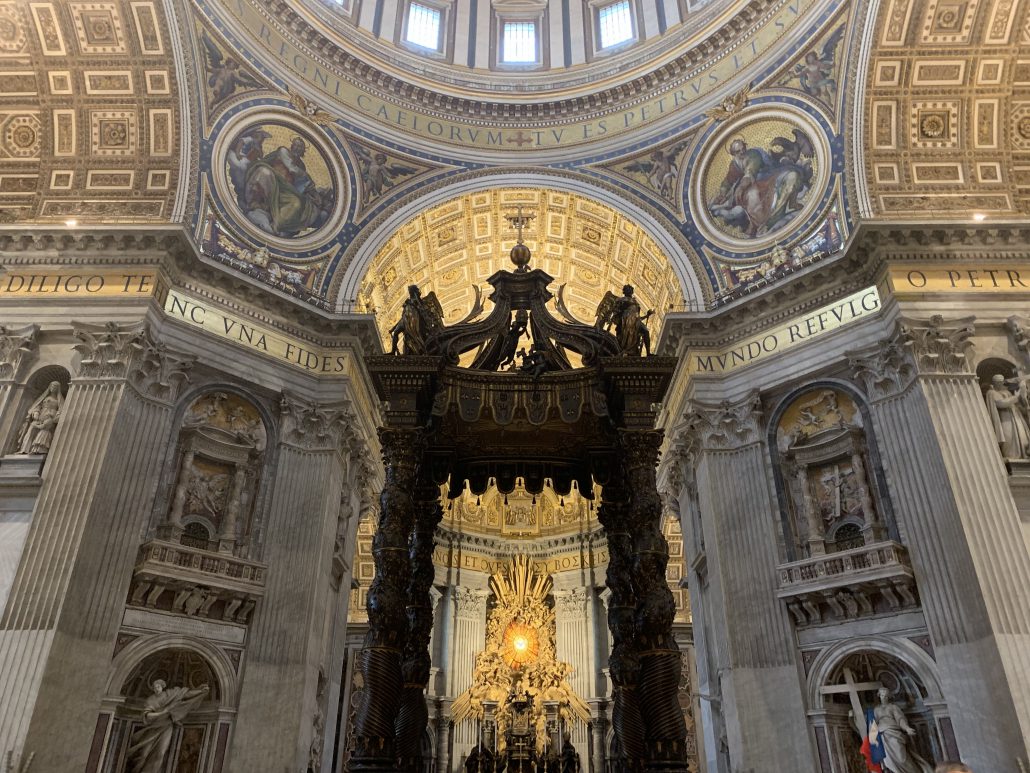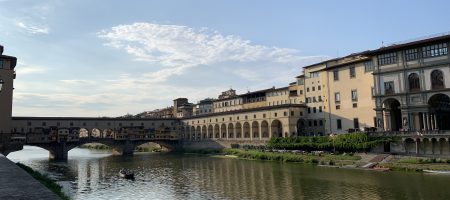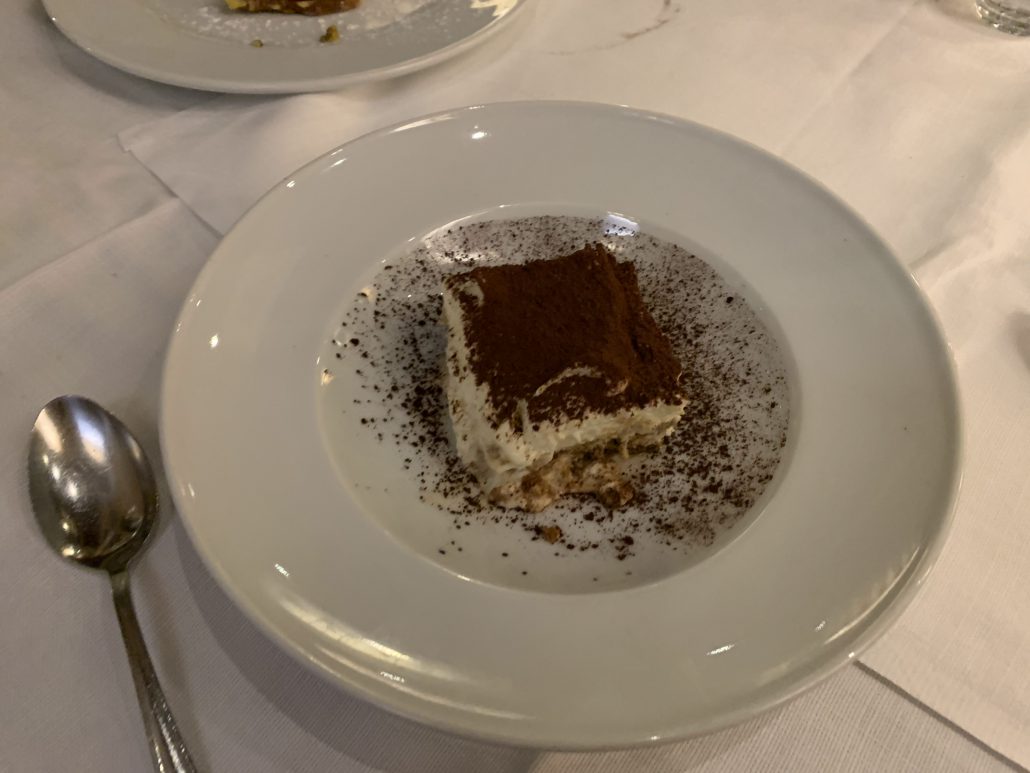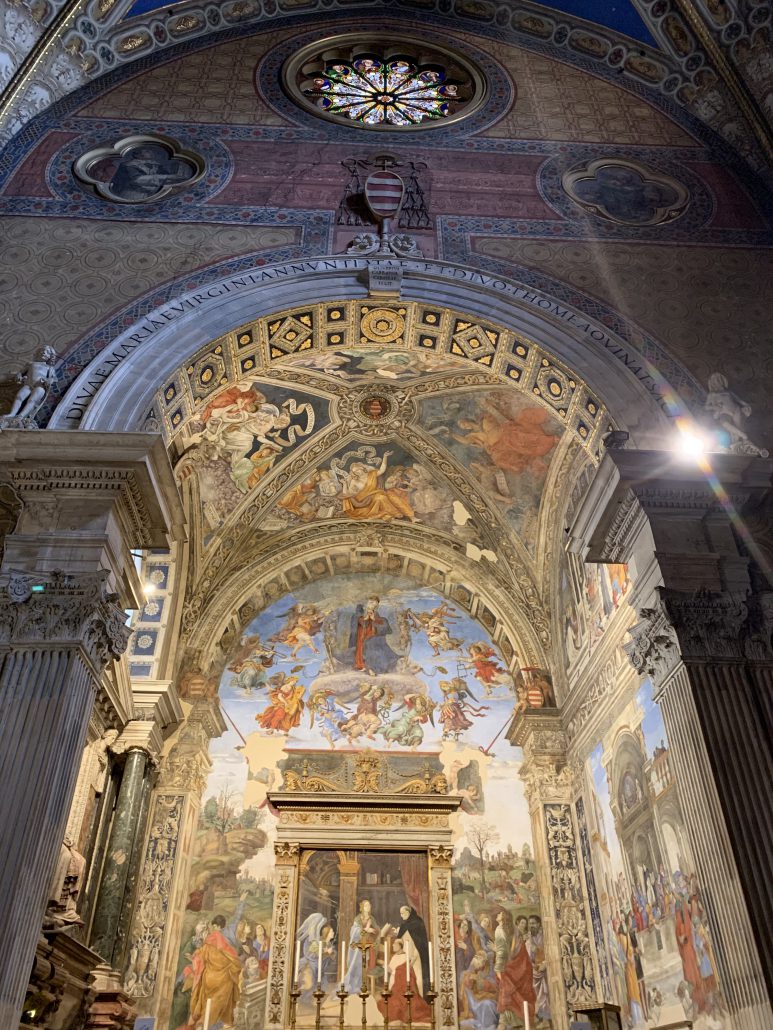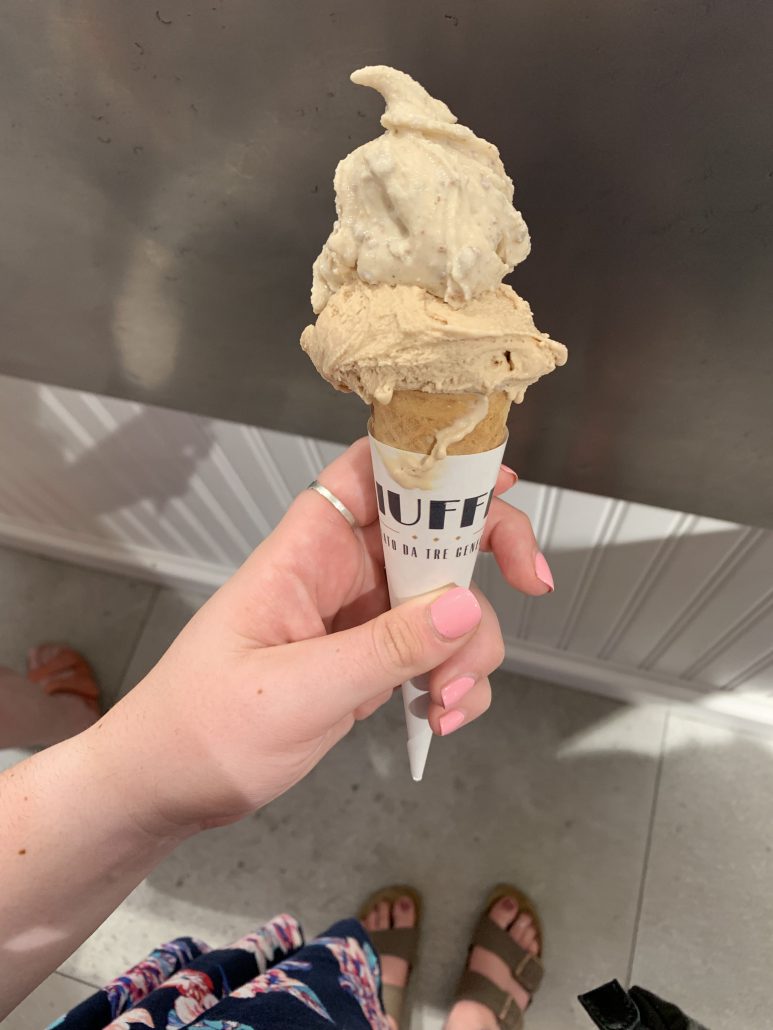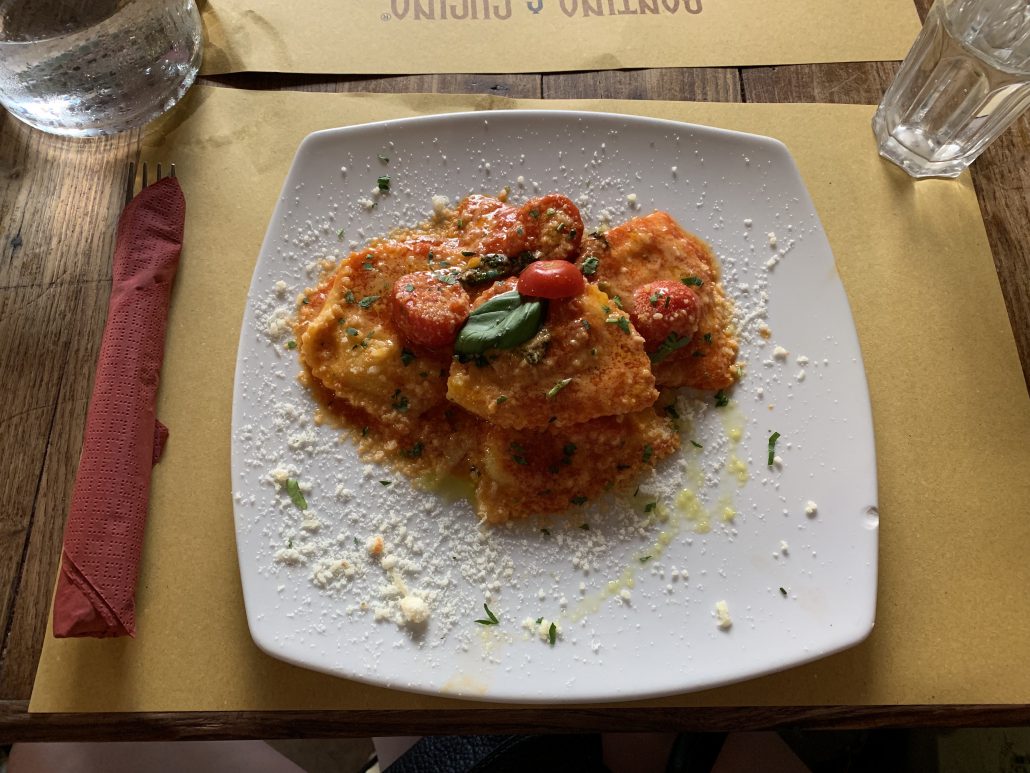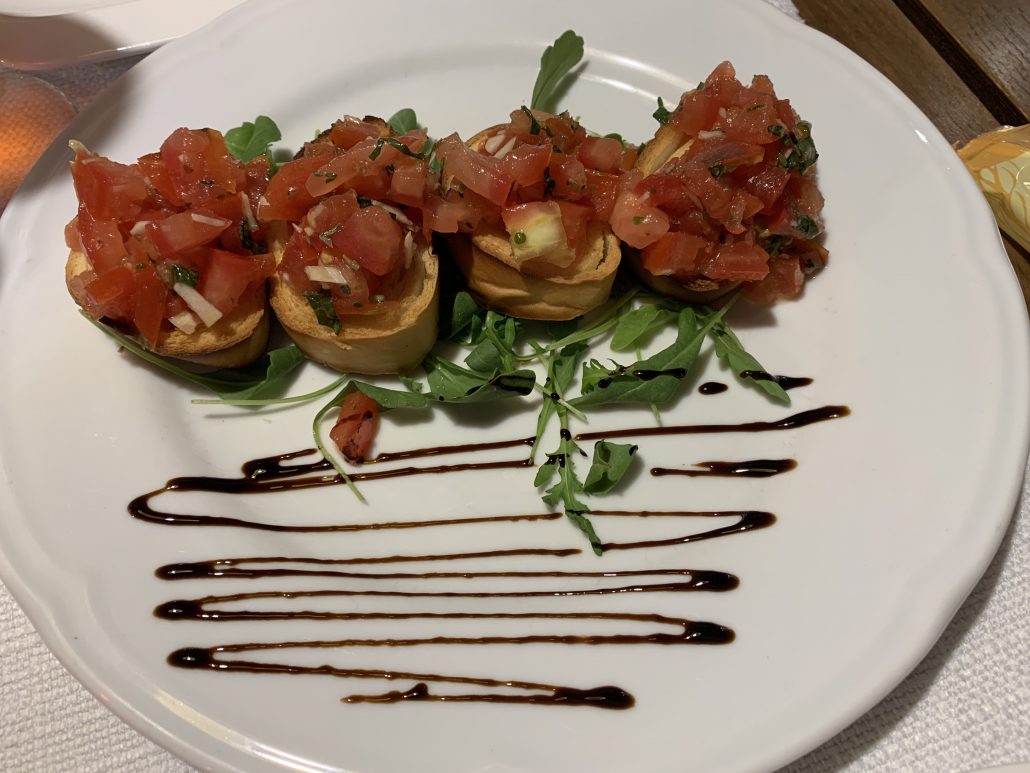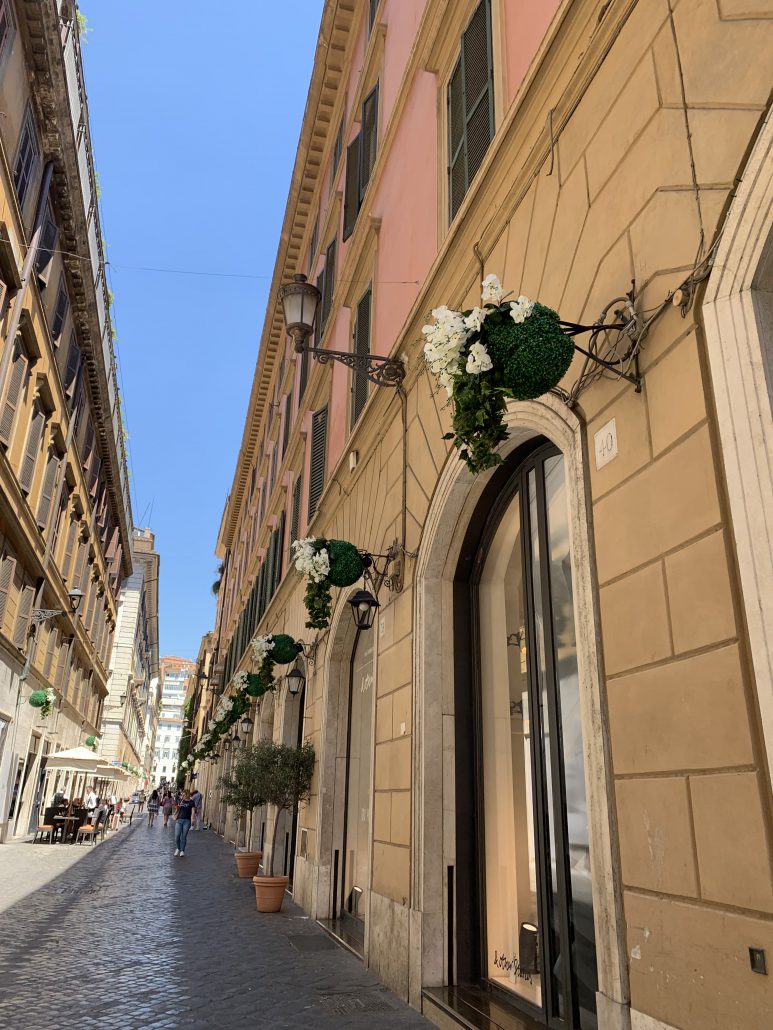Italy | Walking Through History
By Jessica Helfond
During the program, there were two field trips every week. Our first field trip during the first week started off pretty big with the Roman Forum and the Colosseum. They are two of the most iconic locations in Rome, and after going there, it’s not difficult to see why.
We started off with the Roman Forum, which are the remnants of the ancient Roman city center. It was the center of ancient life, and it was incredible to be standing where so much was happening thousands of years ago.

Walking through the forum, we were surrounded by buildings that once served as capital buildings for the Roman Republic. Nearby, we could even see Palatine Hill, which is one of the most ancient parts of Rome and stands on a hill that overlooks the entire Forum. The most amazing part of the Forum was seeing all of the huge structures that were still standing from so long ago. Additionally, the fact that the ancient Romans could build such large structures with little to no technological help is absolutely insane. We spent about two hours in the forum and were able to see all that remained, while getting a history lesson from our tour guide on the role the forum played in ancient Roman society.

After the Forum, we walked a short distance over to the Colosseum, which was hands down the most iconic place we visited. The building itself is HUGE. It’s way bigger in person than any pictures can ever do it justice.
The Colosseum had multiple levels before you could walk out into the arena. The different levels were full of different pieces of pottery and mini replicas of the events that took place at the Colosseum. The arena, which can hold 50,000 spectators was used for everything from gladiatorial contests, to mock battles, animal hunts, reenactments, and even executions. Every person that would come and watch had assigned seats, so they would sit in the same location every time to watch the spectacle of the day.
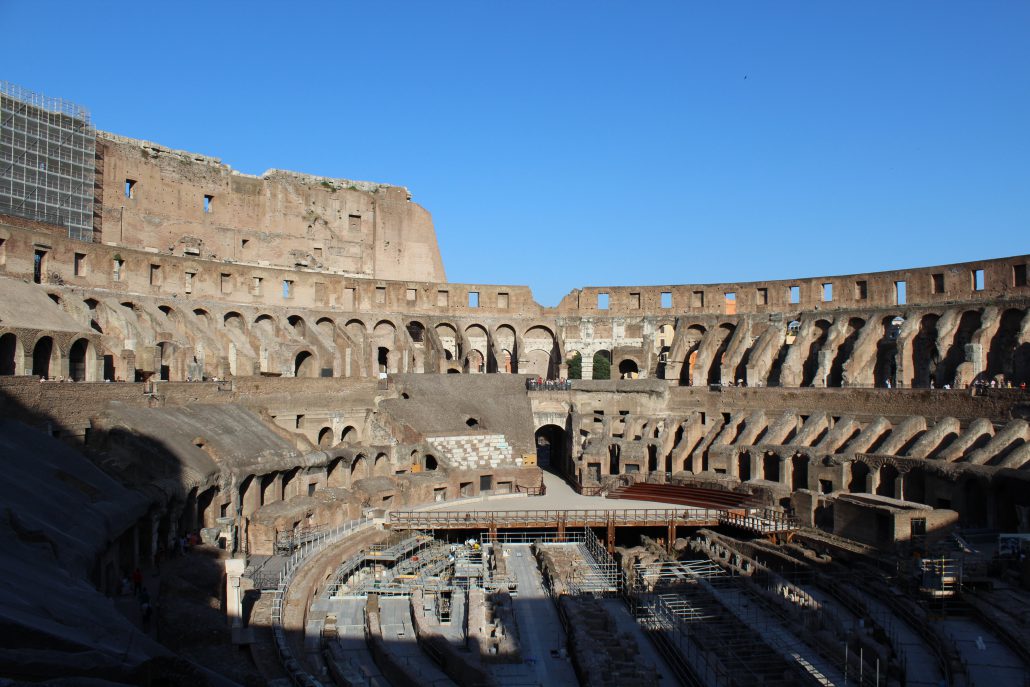
We were finally able to go to the upper level of the arena where you could walk around inside, and finally seeing the inside of the Colosseum was breathtaking. We were able to see all the way down to the center of the arena, where all of the different battles and shows took place. Our view was what the ancient Romans would have seen when they were sitting and watching the contests below them, and it was indescribable to be able to put ourselves in their shoes. Again, our tour guide gave us a rich history lesson of everything that used to happen in the arena. Being able to learn while actually being in the location made it so much more meaningful because we could actually see where everything took place and understand what the atmosphere would have been like so long ago.

Our field trip to the Roman Forum and Colosseum was one of the most enriching trips we had while on the program. It was incredible to actually see the places you usually only learn about in history books, and these places are a must see while in Rome.
Jessica Helfond studied abroad in Rome in Summer 2019. https://ieo.ucla.edu/travelstudy/italian-rome/



